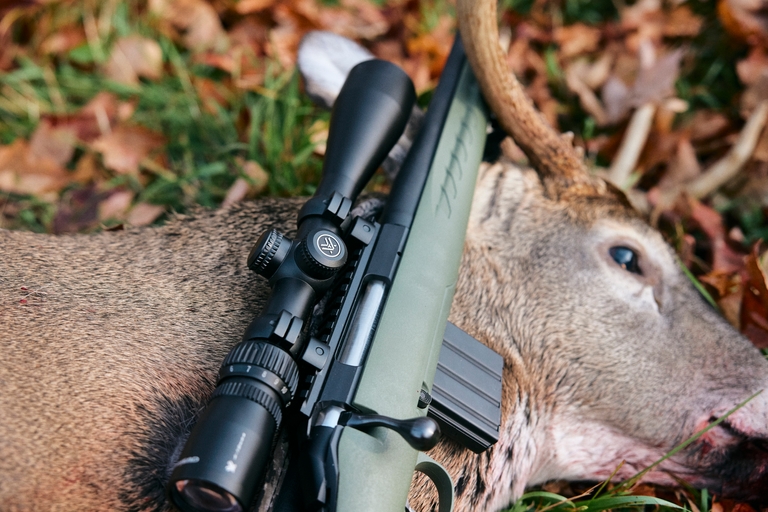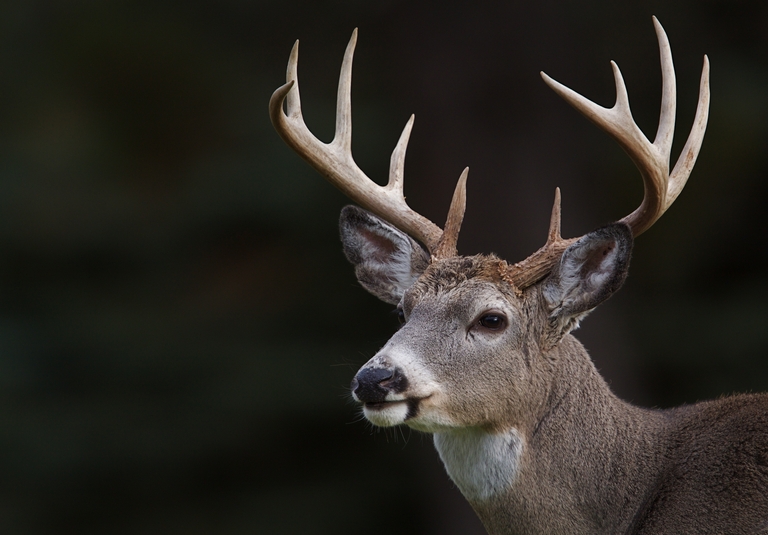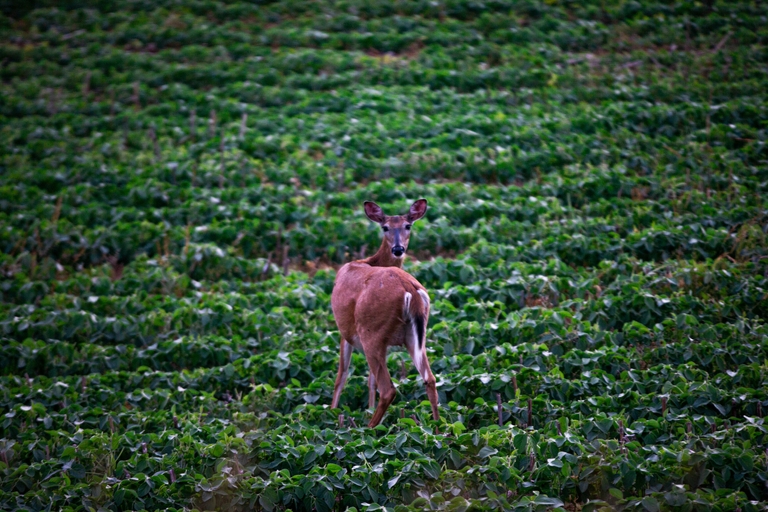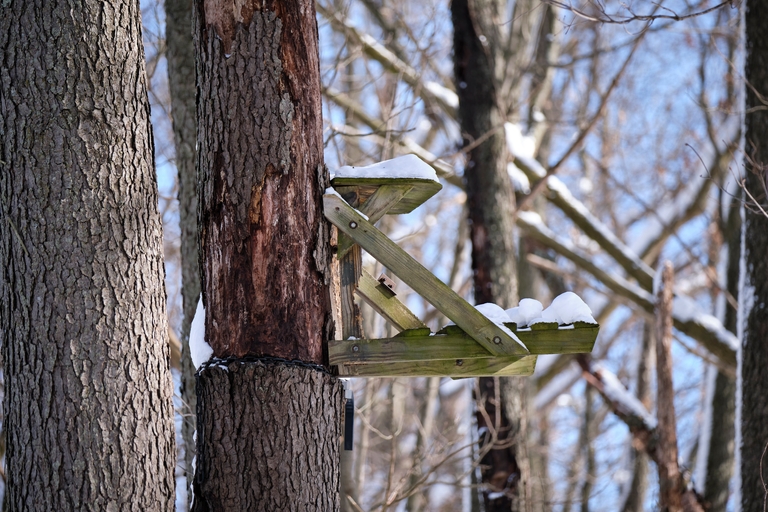Hunter-Ed Safety Tip: How to Watch Out for Target Fixation
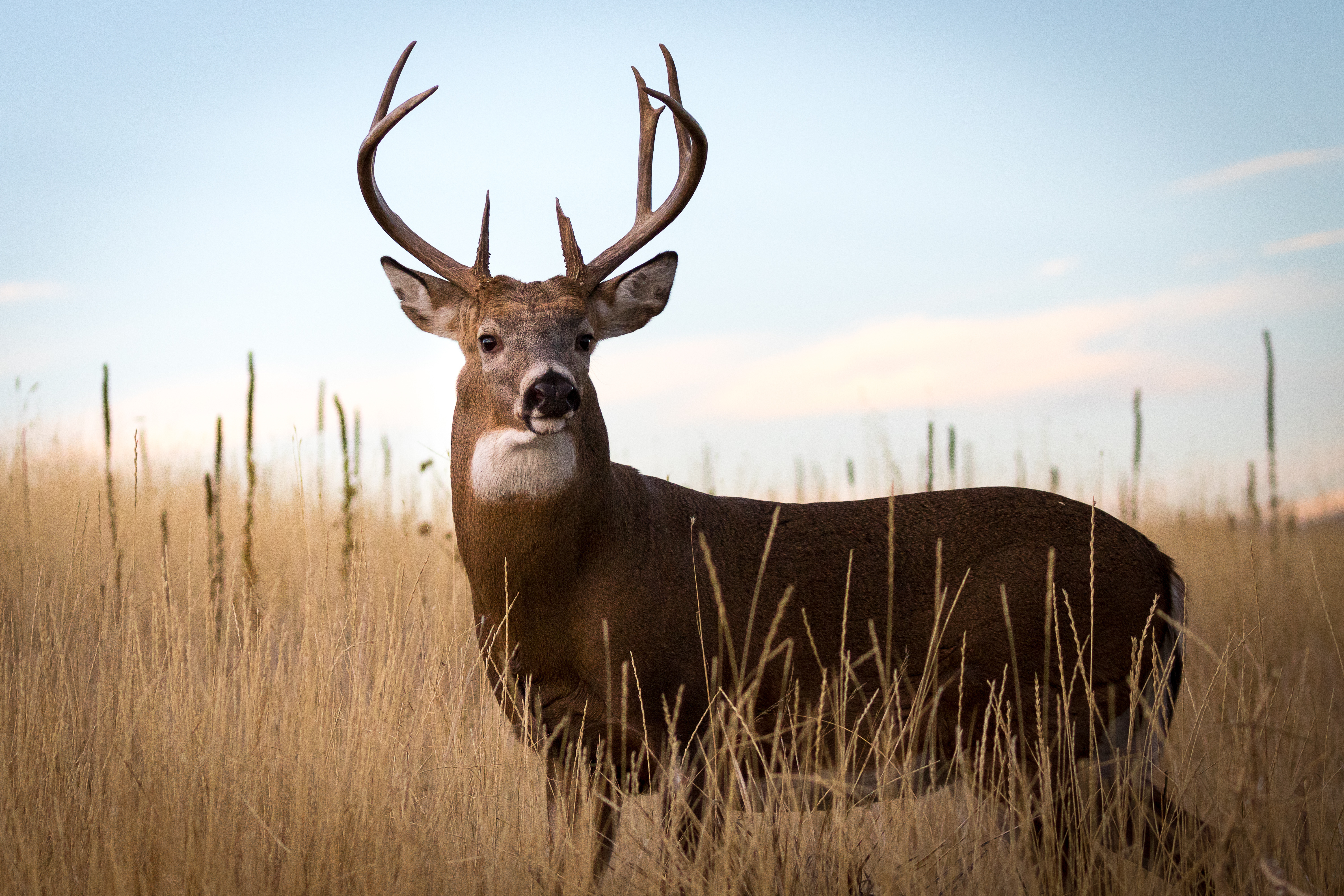
Often, in the middle of the excitement, hunters enter "the zone." In that tunnel-vision situation, you may misidentify an animal, make a dangerous shot, or be too close to other hunters or buildings.
Target fixation can make it challenging to answer critical questions about the game in your sights before taking a shot that could be good (or very, very bad).
We want hunters to enjoy every hunt. The minutes before and after taking a good shot can be very exciting! However, hunters must understand some critical safety insights to avoid fixating on a target and potentially injuring themselves or other hunters by making a dangerous mistake.
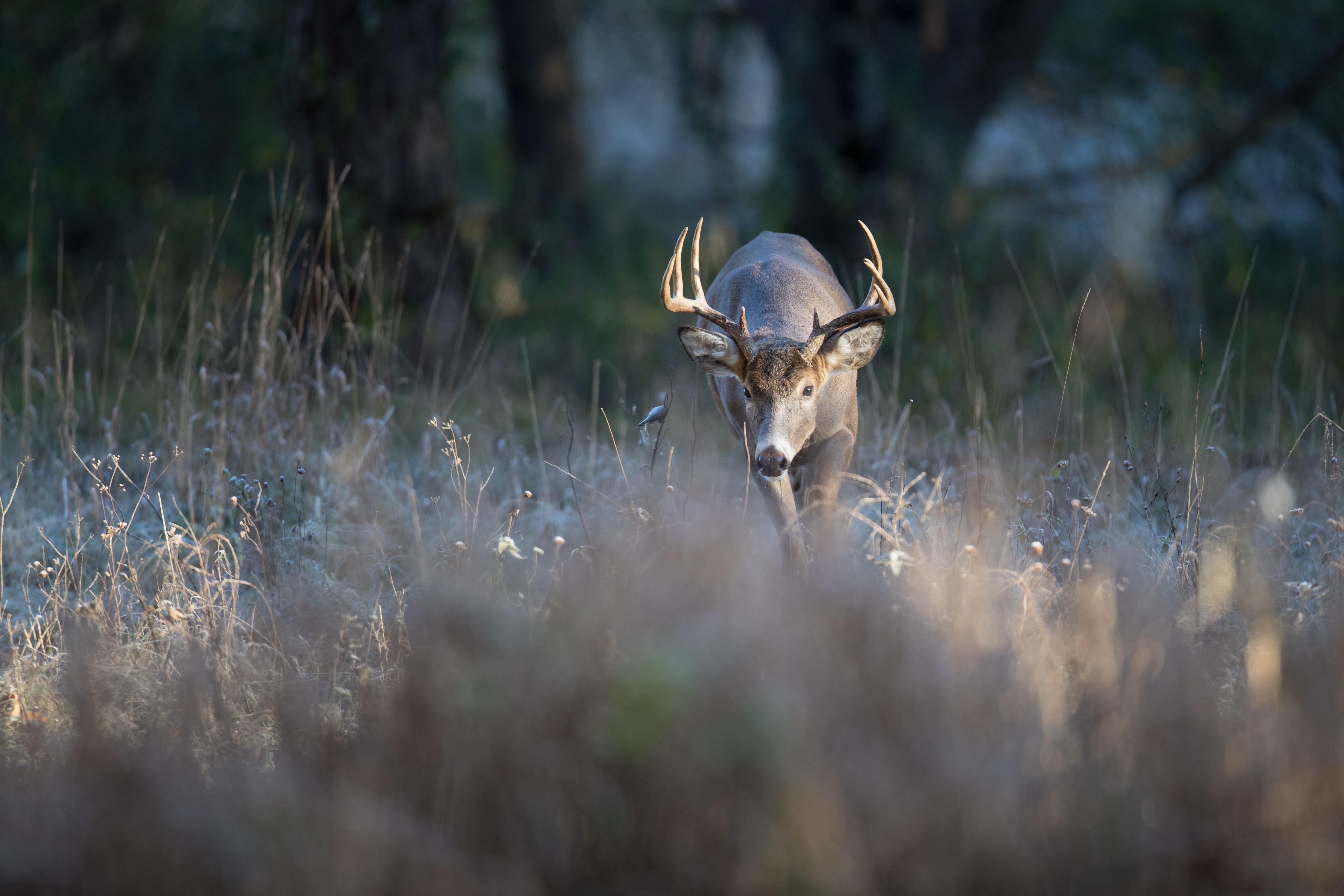
A Common Hunting Scenario
Imagine this situation: It's a beautiful fall evening. You have your trusty rifle in hand and a buck tag burning a hole in your pocket. You've been out all day but have yet to find any game.
Frustrated, you tromp into the meadow below. Suddenly, you catch a flurry of brown and white out of the corner of your eye. You reposition to get a better look.
Is it a buck? Is it a doe? Buck.
All right! You lift your gun, but wait. Is it a legal buck? Do you even have a clear shot? Are you positive there's not another hunter in the area?
Hurry up! He's getting farther away with each passing second. Shoot . . . or don't shoot?
Consider Critical Information Before Taking the Shot
You're excited to finally see a buck, and it's in your sights. However, before you decide, you'll need more information:
- Have you positively identified it as a deer?
- Do you have an ethical shot? Is this deer, which you spooked and is running away from you, presenting an ethical shot? The Texas heart shot is not one you want to try. A responsible hunter waits for a clean shot, preferably broadside or quartering-away, where the animal's vitals are well exposed.
- Are you entirely sure there isn't another hunter or person in the line of fire or beyond? When in "the zone," it's hard to thoroughly survey your surroundings to ensure a safe shot.
It's natural for hunters to get into "the zone" or fall into the trap of target fixation, but doing so can cause them to forget crucial hunting safety rules.
What Is Target Fixation?
Target fixation happens when a hunter becomes so focused on a target that they forget about safety in an effort to take a shot.
This can happen in the scenario described above or in many other hunting scenarios. You become so excited to see a deer in your target area that you focus only on taking a shot before the deer moves on, potentially losing your opportunity to fill your tag.
Target fixation is very dangerous. When hunters don't slow down to answer the questions we mentioned above or think through their safe zone of fire and other hunters around them, they put everyone in the area at risk. They also risk taking a shot that only wounds an animal rather than an ethical kill shot.
Follow These Steps for Safe Hunting (and Avoid Fixation)
As much as we wish we could tell you that hunting is as easy as pointing your firearm at a deer walking by, pulling the trigger, and taking it home to your freezer, hunters need to stay calm and avoid giving in to excitement vs. safety precautions for a successful hunt.
To keep the excitement of shooting your first buck from overruling common sense and good safety, set yourself up for a safe hunting situation with the following steps.
Step 1: Set up In an Area You are Familiar With
Familiar hunting grounds are a best-case scenario. Familiarity with the land will help you decide whether to shoot or pass.
However, being completely familiar with your hunting area is not always possible. If you're hunting new public or private land, use an app to scout the area before arriving for your hunt. While you can always learn more about a hunting area by walking the land, e-scouting can be an excellent way to get familiar with an area before hunting day.
Then, regardless of where you are hunting, the following tips can ensure your safety and the safety of others.
Step 2: Scan Your Surroundings Constantly
Be aware of your surroundings at all times. Are there any buildings in the distance? Are there other hunters in the area? What potential dangers are nearby?
Keep checking your area for changes. Even if no one else is around your blind or tree stand at the start of your day, other hunters could move through your area at any time.
Step 3: Know Your Limits and the Types of Shots You Can Take
Broadside and quartering-away angles are desirable. Slightly quartering away is a judgment call.
Straightaway or head-on? Forget it; that's not a good shot to take.
Part of being a responsible hunter is respecting the game you are after and only taking responsible shots that will result in a quick and sure kill.
Also, consider your skill level. Practice with your firearm before heading into the field, and avoid risky shots that you aren't confident you can make for a clean kill.
Step 4: Establish Your Effective Range
Following up on Step 3, knowing your effective range will help you decide in the field as to whether you should shoot or pass.
If you don't know your effective range, refer to your ammunition box or the manufacturer's website for more information. Understand your firearm, ammunition, and how near or far the deer is before taking a shot.
Step 5: Take a Deep Breath — or Two or Three
If you have decided to shoot, take a deep breath. Not only will this help you slow your heart rate and settle in for a clean shot, it will help you enjoy the moment!
Taking a breath will also help relieve that target fixation and allow you to collect your thoughts and make sound decisions.
Step 6: After Your Shot, Pause and Gather Your Thoughts
Before moving from your firing position and creating a dangerous situation, take a moment to think.
- Is your safety on?
- Is your muzzle still pointed in a safe direction?
- Is your finger out of the trigger guard?
Make sure you are obeying the rules of firearm safety, especially when you go to gather your trophy.
What does it look like to collect your thoughts after the shot? Check out this video!
Remember: the adrenaline, the rush of excitement, and the thrill of the hunt can distract you from essential safety steps. Don't let target fixation override your sense of safety.
Be proactive in setting your boundaries, and think about safety first. A safe and successful hunt can be as simple as that.
Good Safety Starts With Training Through a Hunter Education Course
Target fixation is just one of the many dangers hunters face every season. The best way to keep the excitement of your hunt from getting the better of your sound decision-making abilities is to train yourself through a hunter education course.
Our Hunter-Ed state-approved hunting education courses help you understand more about the safe zone of fire and the information we shared with you today. Your course also discussed transporting a firearm, blaze orange requirements, ballistics, and much more to improve your safety in the field.
Before heading out for your next hunt, find the course for your state and get certified! Even if your state doesn't require it, hunter education can help you keep you and your hunting partners safe every time you hunt.
Originally published October 14, 2014. Content updated October 16, 2023.

